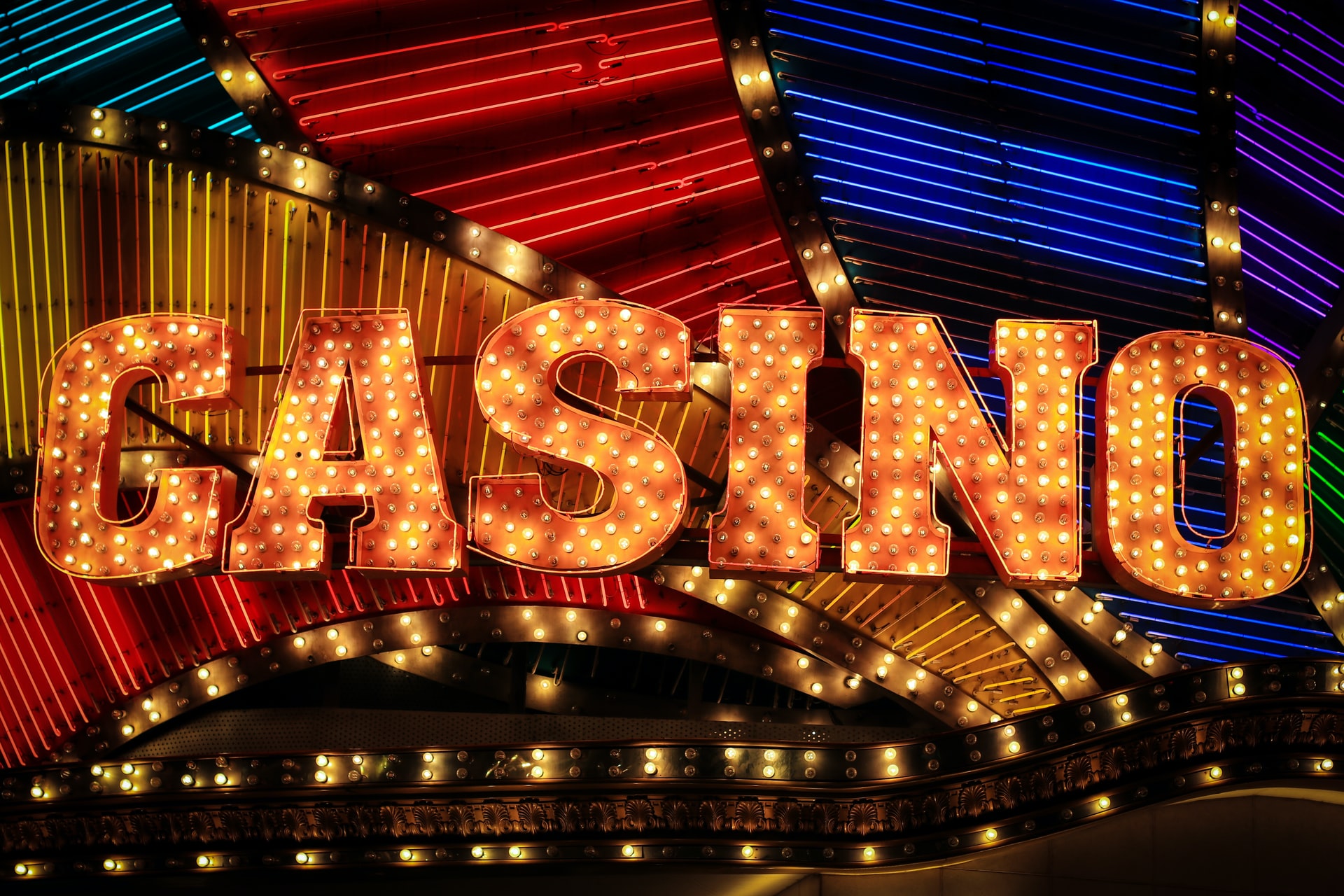
In a lively and thrilling world of gaming establishments, wherein luck and strategy intertwine, hues and aesthetic play a critical role in drawing in players. From the moment players step inside a casino or log into a gaming website, they are enveloped in a sightly feast that captures their attention and lures them to explore more. Bright colors, engaging graphics, and innovative layouts are carefully crafted to create an environment of thrill and expectation, ultimately improving the gaming encounter.
As gamblers move through the ever-changing landscape of casino games, they encounter a range of designs that not only serve aesthetic purposes but also influence feelings and decision-making. Colors like red and yellow symbolize wealth and fortune, while calm navy and greens can create a more relaxed environment. Grasping how these elements work together allows casinos to create an inviting and energizing atmosphere that encourages players to interact with the games, spend more time at the tables, and boost their overall enjoyment.
The Study of Tint in Gambling Games
Color plays a key role in the design of gambling games, shaping player emotions and actions. Lively and bold hues, such as red and amber, are often used to incite thrill and capture focus. These shades create a feeling pressure and energy, encouraging participants to participate more enthusiastically with the activity. By intentionally selecting hues, designers aim to evoke feelings of pleasure and excitement, which can enhance the overall game experience.
Distinct shades also have psychological meanings that can affect how players perceive their chances of victory. For instance, emerald is often associated with luck and abundance, making it a well-liked choice in games like roulette and poker tables. This association can cause gamblers to feel more positive and assured in their play, ultimately motivating them to bet more. Comprehending these links allows game designers to craft environments that enhance player satisfaction and engagement.
Furthermore, the layout of casino game interfaces often uses gradients and contrasting hues to guide players’ actions. For instance, successful results may be emphasized with striking, opposing shades, creating a visual incentive. This method strengthens favorable outcomes and promotes repeated engagement. By leveraging the psychology of color, casinos can develop games that not only draw participants but also keep them involved and dedicated in their gaming experience.
Design Features that Engage Players
The visual appeal of gambling games is primarily influenced by the use of vibrant colors. Bright and contrasting colors are deliberately chosen to create an appealing atmosphere that captures interest. For instance, crimson and golds often signify luck and prosperity, which is why they are common in the palettes of gaming machines and game surfaces. These colors not only draw players in, but they also evoke emotions related to excitement and anticipation, enhancing the total gaming experience.
In addition to color, the aesthetic and layout of gambling games play a crucial role in captivating players. Games are designed to be intuitive, ensuring that players can quickly understand the guidelines and gameplay. User-friendly interfaces, along with captivating graphics and animations, help maintain gamer interest and promote longer play sessions. The tactile elements, such as the feel of the buttons and the audio of the games, also contribute to a holistic sensory experience that keeps players immersed.
Finally, thematic elements in gaming design can significantly influence player choice. Many gambling games are inspired by popular culture, myths, or exploration motifs, featuring symbols and characters that resonate with players. These themes create a sense of immersion and relatability, making each game feel distinct. When players feel a bond to the concept, they are more likely to opt for that game over others, leading to higher participation and enthusiasm within the casino environment.
Case Studies: Notable Casino Table Game Designs
One key example of effective casino game design is the well-known slot machine series themed around hit movies. Games such as those based on the Wizard of Oz and Game of thrones utilize bright colors and top-notch graphics to immerse players in well-known narratives. The application of moving visuals and engaging sound effects grabs the interest of players, establishing an psychological connection to the theme. This approach not just encourages longer play but also boosts the overall gaming experience, yielding increased player retention.
Another successful case is the use of color in table games like blackjack and the wheel. Casinos often create these games with deep reds and greens, colors traditionally associated with luck and wealth. For instance, the emerald felt on a 21 table provides a soothing effect, while the red accents in the wheel invite thrill. This intentional use of color helps to create an inviting atmosphere that encourages players to participate, addressing their psychological impulses and boosting their enjoyment. miglior casino non AAMS
Finally, online casino games that feature community features and vivid, lively designs have achieved remarkable success in engaging players. Games like Zynga Poker and Slot-O-Mania leverage striking colors and playful animations to establish an inviting online environment. The addition of leaderboards, community sharing options, and in-game rewards fosters competition and community, drawing players in for longer sessions. Such designs merely make the games visually attractive but also underscore social connectivity, a key factor in player retention and engagement within digital casino environments.